rare tea from japan
Rare Tea from Japan? A Quick Guide!

Tokyo Terry
Posted on December 26, 2024
Share:
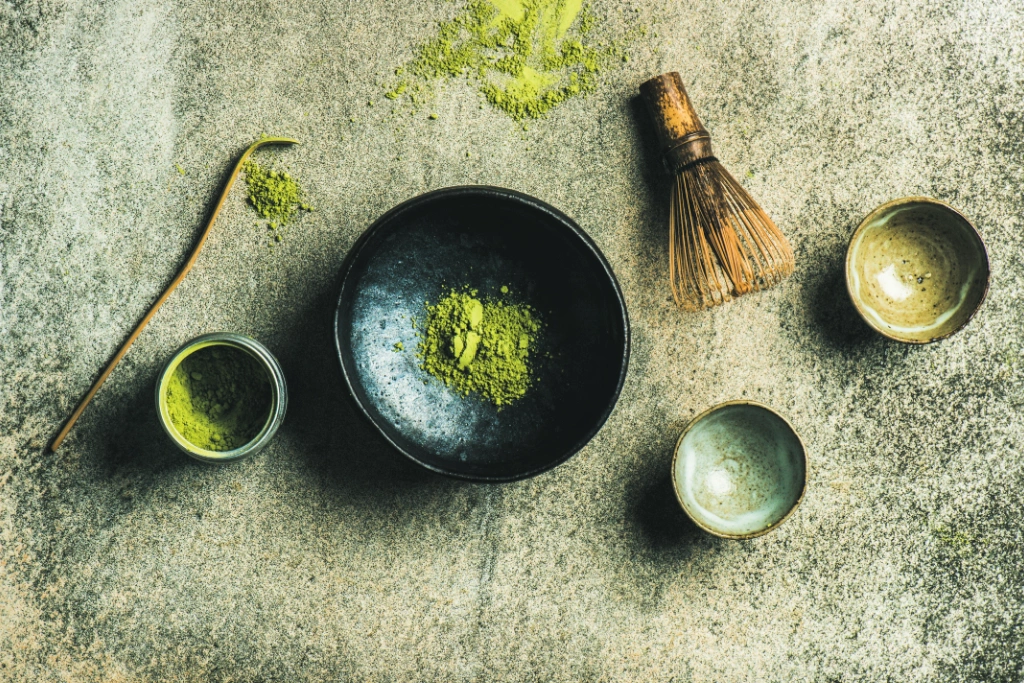
The delicate cultivation of rare tea processes in Japan has been passed down through countless generations and has helped preserve the country’s history. Their distinctive flavors are enjoyed by many worldwide. Its use in everyday life and religious ceremonies has made it a national icon and a cultural treasure.
But beyond the well-known types are the country’s lesser-known varieties. These stand out for their rarity and specialized production methods. And each reflects the environment, history, and expertise of the regions where they are grown. Today, we’ll take a flavorful journey and learn about these rare teas.
What are the most popular teas from Japan?
Green tea is, without a doubt, the country’s most famous variety of tea. It is celebrated for its vibrant flavor, numerous health benefits, and association with Japanese culture. However, there are many ways to prepare and process Japanese ocha, so other types, like matcha, sencha, and hojicha, are also widely consumed.
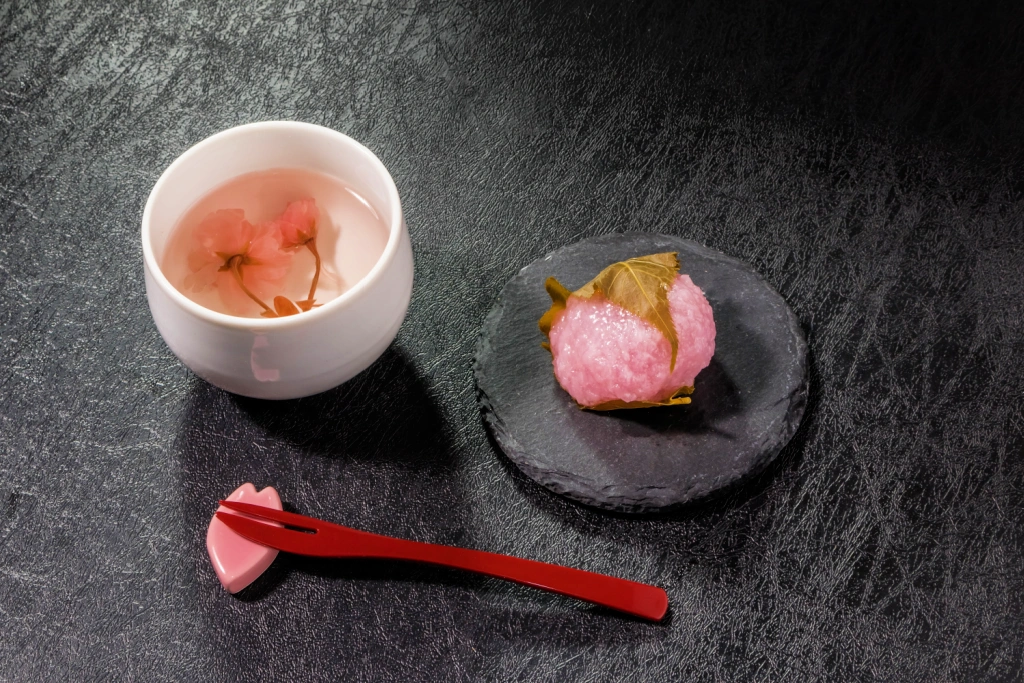
For example, hojicha is roasted instead of steamed, giving it a warm, burnt flavor distinct from different varieties. Gyokuro and genmaicha have also developed devoted followings, but because of their aromas, while these kinds are a little less well-known, they are only the beginning. There are even more rare Japanese types, some popular only in certain areas. And some of these have even more complex characters. These uncommon varieties often reflect the local techniques used to preserve traditional methods.
Mecha
Mecha is another kind of green variety. But, unlike those that use whole leaves, mecha comes from the small cuttings left after processing those of higher grades. Its name translates to “tip tea,” which refers to its delicate, tender pieces made from the plants’ young tips and buds. It is known for its strong, robust flavor and slightly bitter edge, which makes it popular with those seeking a bolder taste.
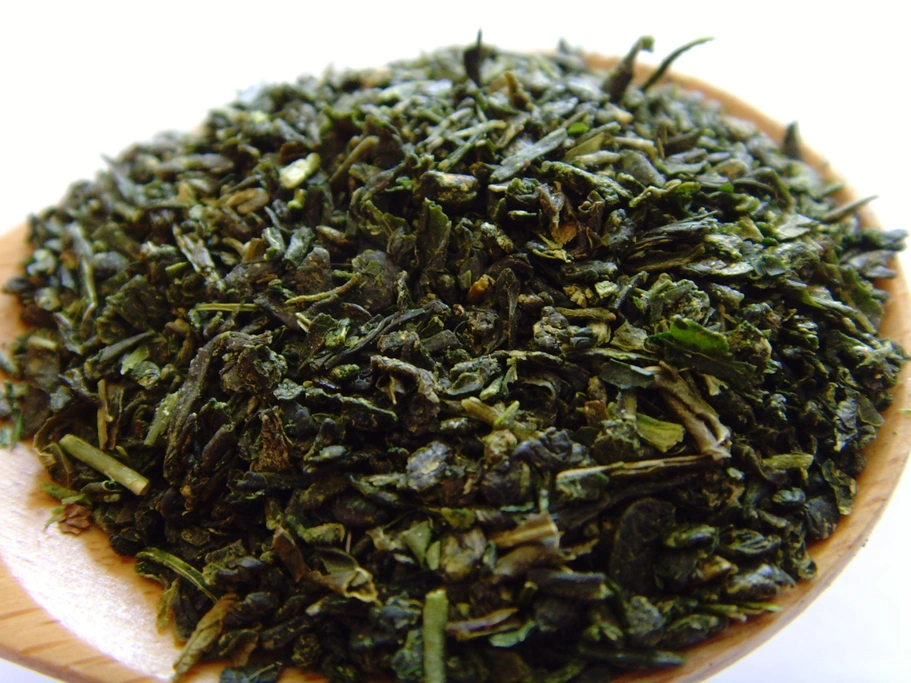
It is considered to be between gyokuro and sencha in grade. But despite this and its bold taste, mecha is much-liked among traditional enthusiasts. The cost-effective way the leaves are obtained makes it perfect for everyday drinking. It is common to drink it after meals, as its strong taste cleanses the palette nicely. This association with food and its remarkable depth of flavor make it a favorite.
Are you looking for great snacks that may include rare tea? Check out Sakuraco! Sakuraco delivers traditional Japanese snacks, teas, and sweets from local Japanese makers directly to your door so you can enjoy the latest treats directly from Japan!
Kamairicha
Kamairicha is yet another green variety. However, while steaming is Japan’s most popular method for ocha preparation, kamairicha is pan-roasted, making it a rarity. It stands out for its lack of the grassy smell and taste that steam preparation produces. Its uniqueness also comes from its labor-intensive production and the small number of farmers that grow it.
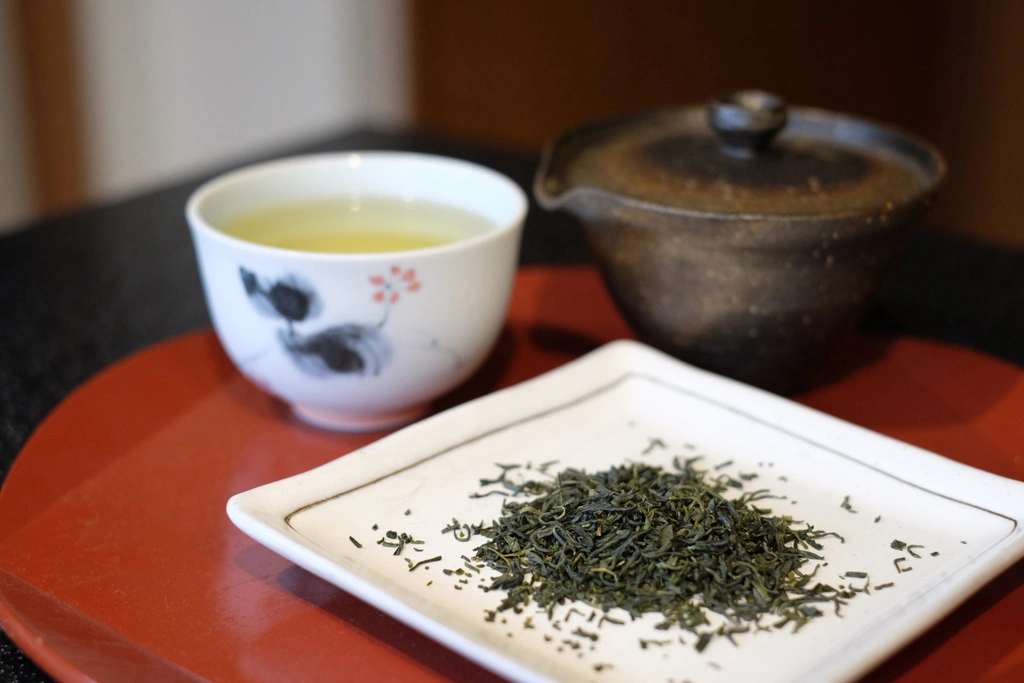
The pan-firing process changes the flavor, reduces bitterness, and produces a unique roasted aroma. It also makes it sweeter, smoother, and more pleasant. It is more commonplace in western regions such as Kyushuu, where it originated.
Kuromamecha
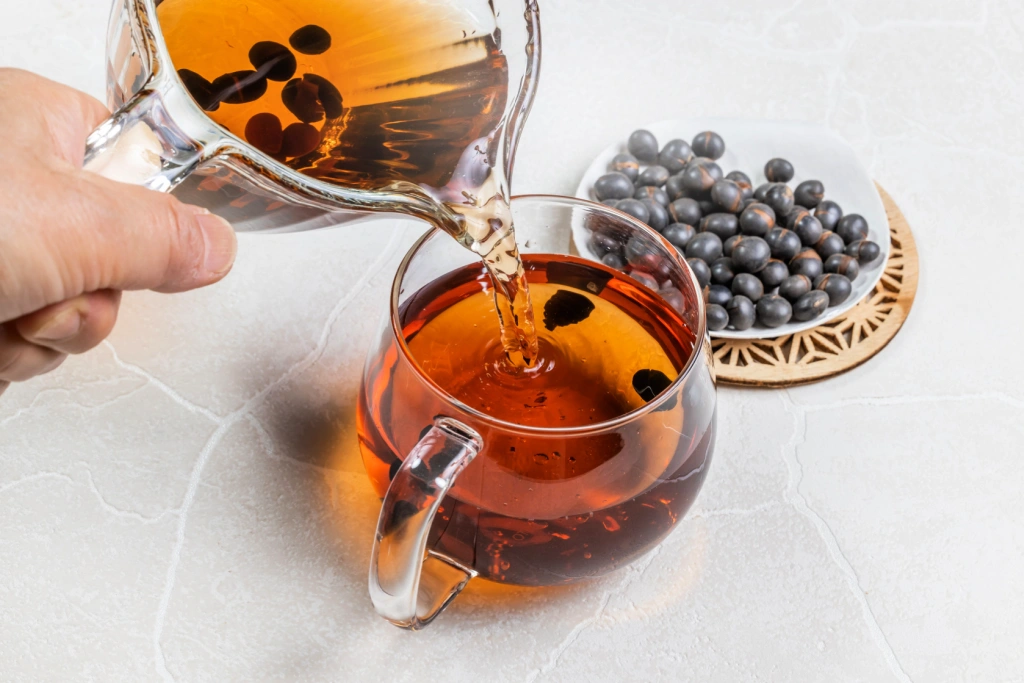
The name “kuromamecha” translates to “black soybean tea.” As the name suggests, it is made from roasted soybeans, delivering a rich, toasty flavor with hints of sweetness. This caffeine-free alternative is gaining popularity in some places for its beneficial health effects. Specifically, it is valued for its supposed antioxidant properties and positive effects on metabolism. As it is not made from tea leaves, kuromamecha is ideal for avoiding caffeine. It still provides a tea-like experience and is versatile enough to be enjoyed hot or cold.
Tencha
Tencha is the original from which the more popular macha is created. But it is rarely consumed in its original leaf form. Tencha leaves are grown in the shade to enhance the Japanese food quality known as umami and reduce bitterness. This shading process is why the taste is so smooth and rich and why it is highly prized by connoisseurs.
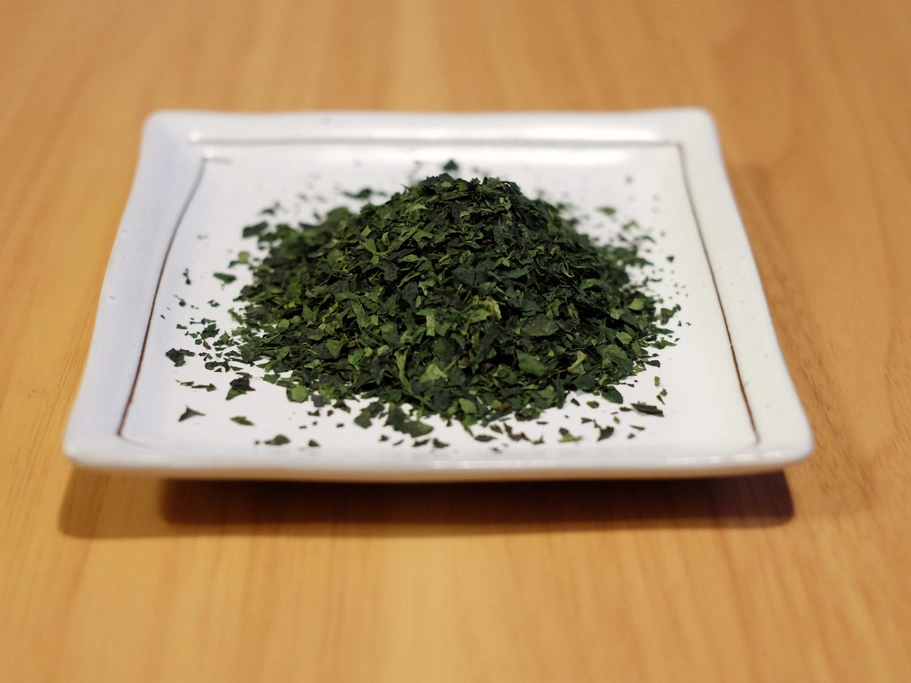
Processing involves removing stems and veins, then leaving only the soft leaf material. Most are ground into matcha, so enjoying it in its leaf form is a rare experience. When steamed and drunk in this form, its delicate, grassy taste and smell are highlighted.
Why should I try rare tea from Japan?
You should try rare tea from Japan because these varieties are a great way to explore the nation’s diverse food culture. Each involves a different combination of local craftsmanship, unique flavor, or special health benefits. Sampling the rarer types broadens one’s understanding of traditional Japanese practices and celebrates the artistry of the country’s agricultural production.
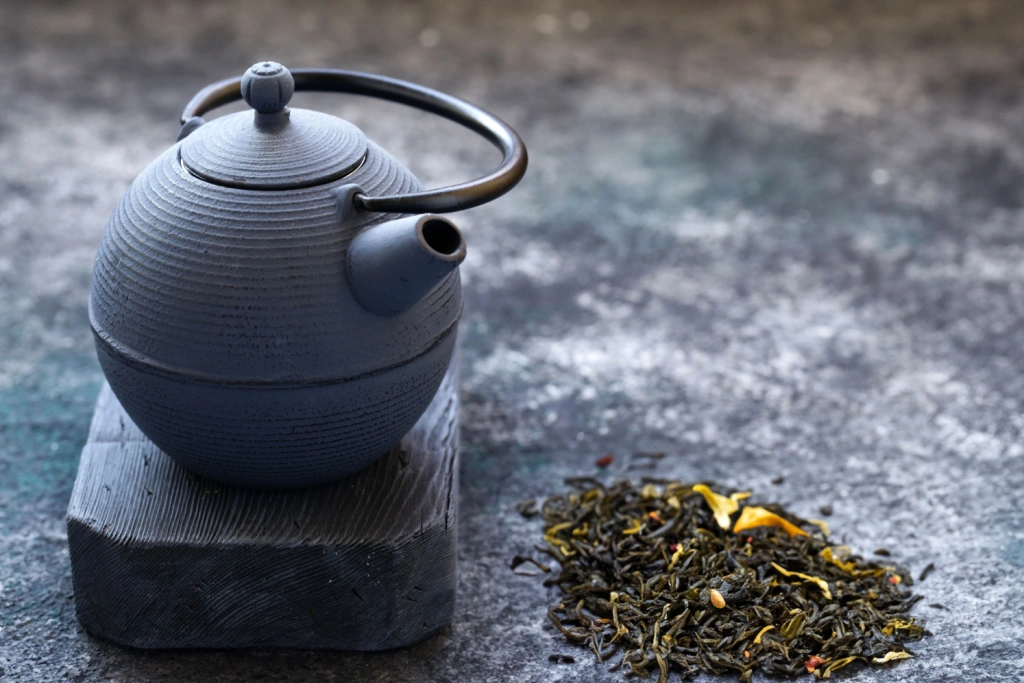
These unique types are unparalleled opportunities to enjoy history, taste, and wellness in a single cup. Have you tried any of these rare teas? Please share your thoughts, experiences, or recommendations in the comments below!
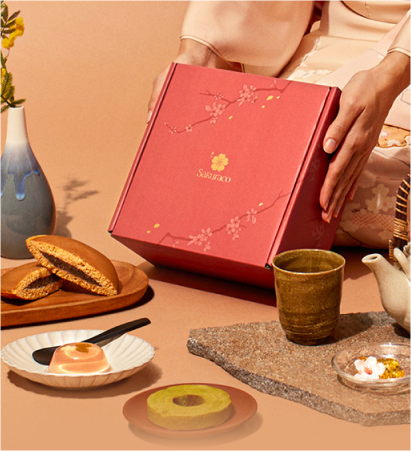
Discover authentic flavors with Sakuraco
Get Sakuraco 

Discover authentic flavors with Sakuraco
Get Sakuraco 
Related Articles

Japan Christmas Traditions: Best Luxury Dinners in 2025!
Finding a memorable Christmas dinner in Japan can range from relaxed hotel buffets to refined multi-course experiences. Celebrating over dinner is considered a classic alongside other Christmas traditions, such as KFC.
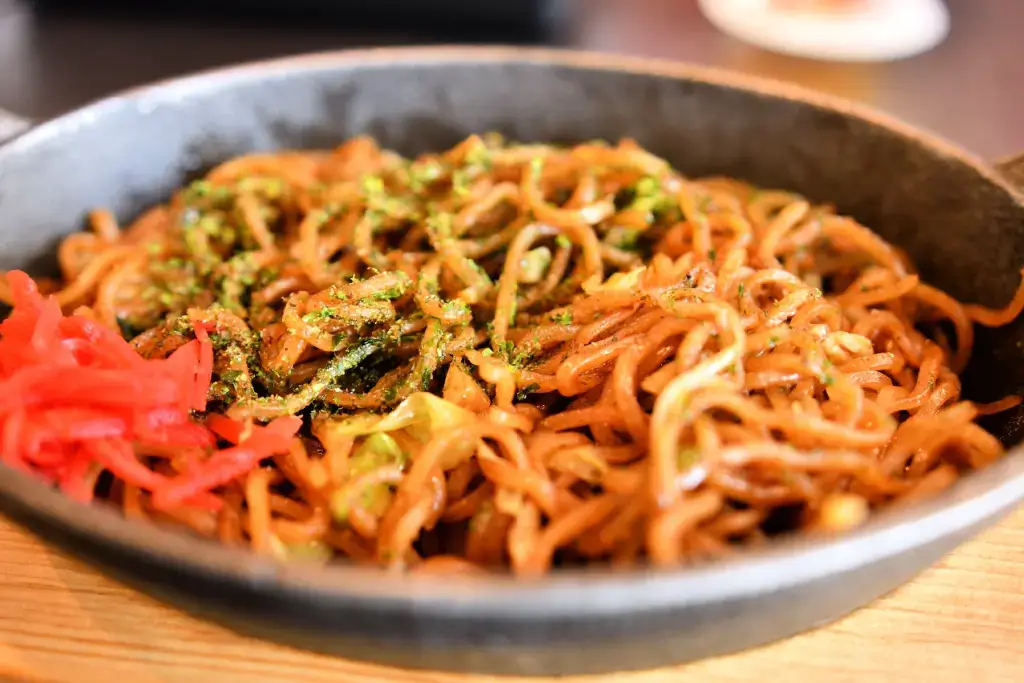
Aaron and Claire Make the Best Japanese Comfort Food: Yakisoba
If you’re craving something quick, satisfying, and full of flavor, Aaron and Claire have you covered. In this video, Aaron shares how to make yakisoba, a simple Japanese stir-fried noodle dish that’s easy to cook and incredibly addictive. Forget the instant packs or greasy takeout, this homemade version is fresh, flavorful, and the kind of…
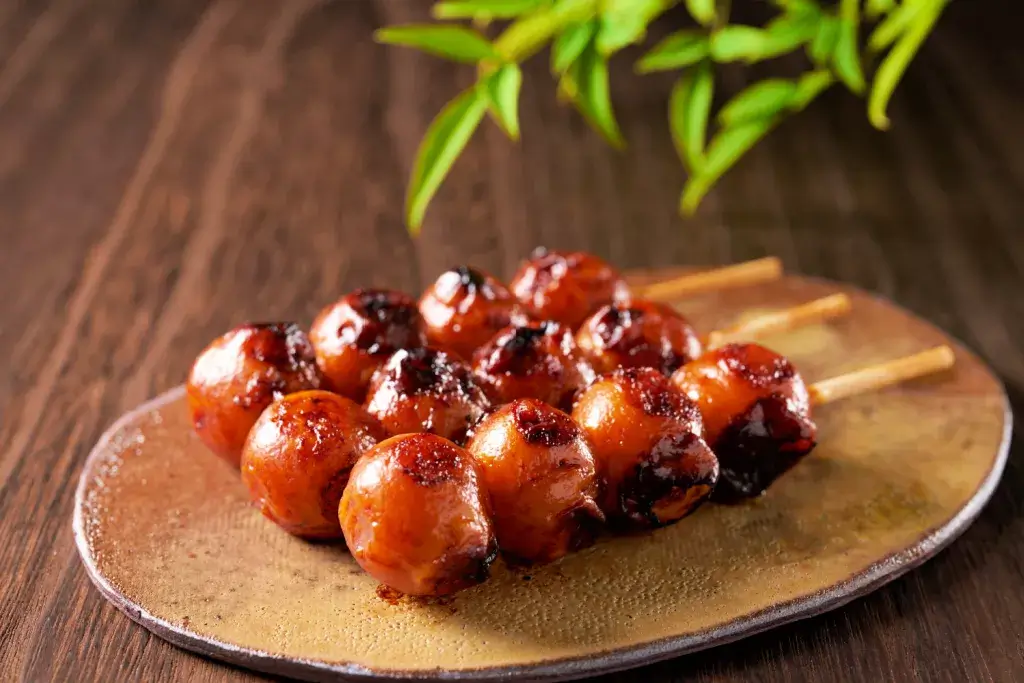
Mitarashi Dango: Japan’s Sweet and Savory Rice Treat
If you’ve ever visited Japan or seen photos of its food, you might have spotted little rice dumplings on a stick. These chewy treats are called mitarashi dango, and they’re one of Japan’s most beloved traditional sweets.

Wasanbon from Shikoku: Japan’s Most Delicate Sugar
Shikoku is the smallest of Japan’s four main islands, a peaceful region renowned for its scenic beauty and tranquil lifestyle. It’s also home to a special kind of sugar that perfectly reflects this relaxed way of life — wasanbon.



